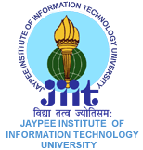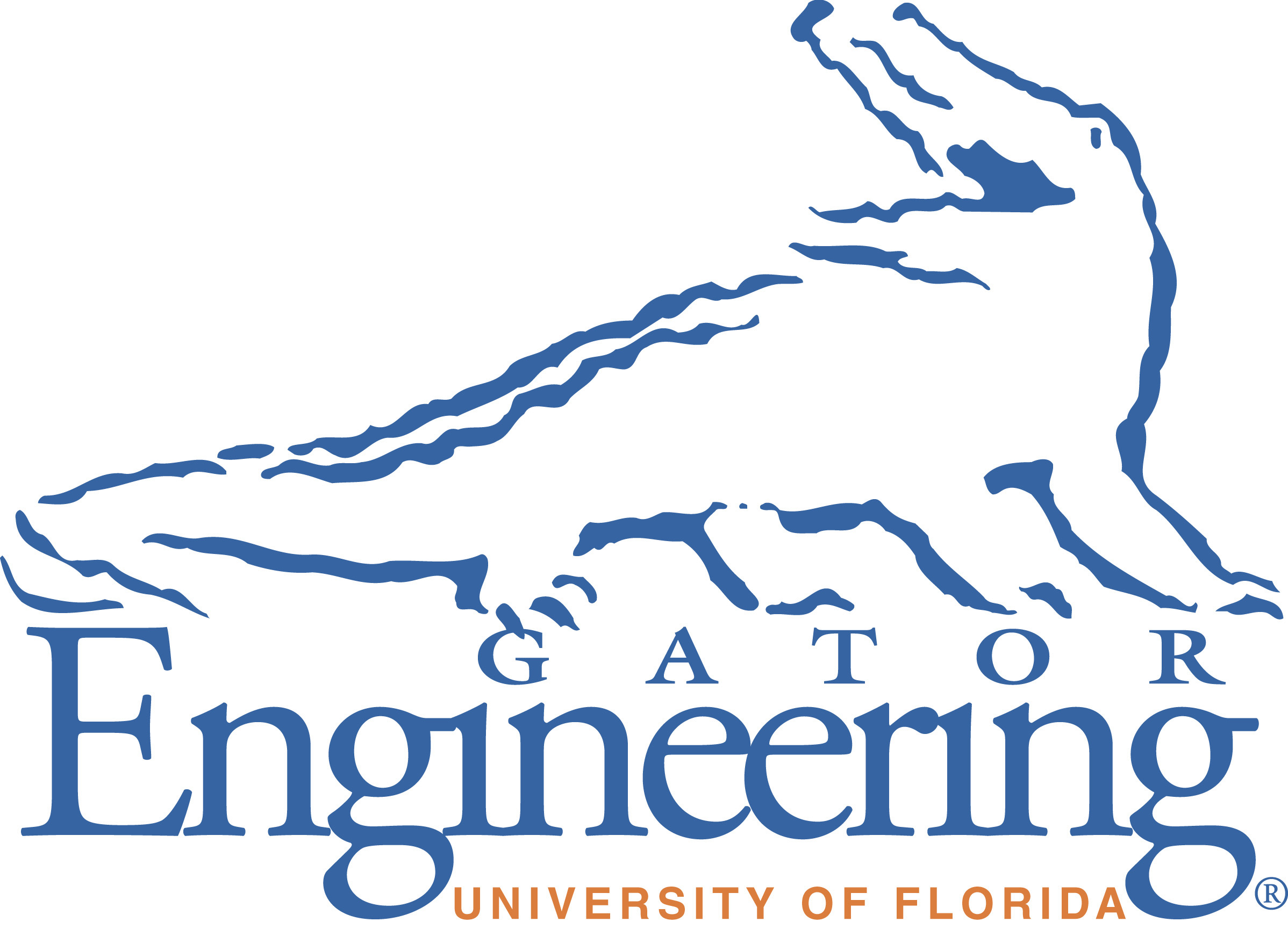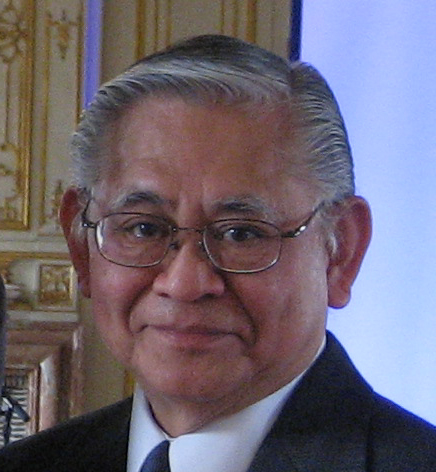
|
 | |
|
| ||
|
Title of the Talk |
: |
Membrane Computing | |
|
Speaker |
: |
Oscar H. Ibarra Department of Computer Science University of California Santa Barbara, California 93106, USA Oscar H. Ibarra received the B.S. degree in Electrical Engineering from the University of the Philippines and the M.S. and Ph.D. degrees, also in Electrical Engineering, from the University of California, Berkeley. He is a Professor and past Chair of the Department of Computer Science at the University of California, Santa Barbara. His research interests include the design and analysis of algorithms, theory of computation, computational complexity, parallel computing, formal verification, molecular computing, membrane computing. Ibarra is a Fellow of the AAAS, ACM, and IEEE. Among his honors and awards are the following: Guggenheim Fellowship, IEEE Computer Society’s Harry H. Goode Memorial Award, Japan Society for the Promotion of Science Fellowship, Nokia Visiting Fellowship, the 2007 Blaise Pascal Medal in Computer Science from the European Academy of Sciences, Foreign member of Academia Europaea (Informatics Section), Distinguished Visiting Fellowship from the UK Royal Academy of Engineeering, He was designated Highly Cited Researcher by the Institute for Scientific Information. He is the Editor-in-Chief of the International Journal of Foundations of Computer Science and has served or currently serves on the editorial boards of several journals. |
|
|
Abstract |
: |
Membrane computing is a part of the general research effort of describing and investigating computing models, ideas, architectures, and paradigms from the processes taking place in nature. It is a recent branch of molecular computing that aims to develop models and paradigms that are motivated by cell biology. Membrane computing identifies an unconventional computing model, called a P system, which abstracts from the way living cells process chemical compounds in their compartmental structure. The regions defined by a membrane structure contain multisets of objects that evolve according to specified rules. The objects can be represented as symbols or strings of symbols. By using the rules in a nondeterministic (deterministic) maximally parallel manner, transitions between the system configurations can be obtained. A sequence of transitions is a computation of how the system is evolving. Various ways of controlling the transfer of objects from one region to another and applying the rules, as well as possibilities to dissolve, divide or create membranes have been studied. P systems have a great potential for implementing massively concurrent systems in an efficient way that would allow us to solve currently intractable problems once future bio-technology gives way to a practical bio-realization. We give a brief overview of the area and report on recent results that answer some interesting and fundamental open questions in the field. These concern complexity issues such as universality versus non-universality, determinism versus nondeterminism, various notions of parallelism, membrane and alphabet-size hierarchies. We also look at the recently introduced neural-like systems, called spiking neural P systems. These systems incorporate the ideas of spiking neurons into membrane computing. |
|
A-10, Sector 62, Noida-201307, Uttar Pradesh, India
Copyright © 2007 All Rights Reserved.
